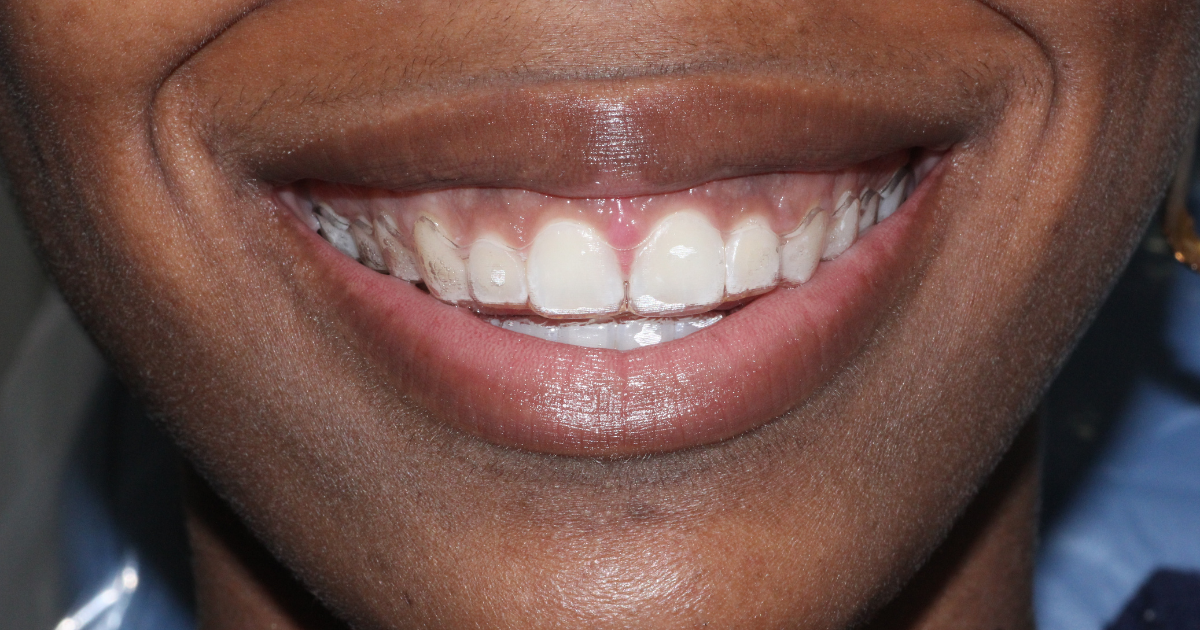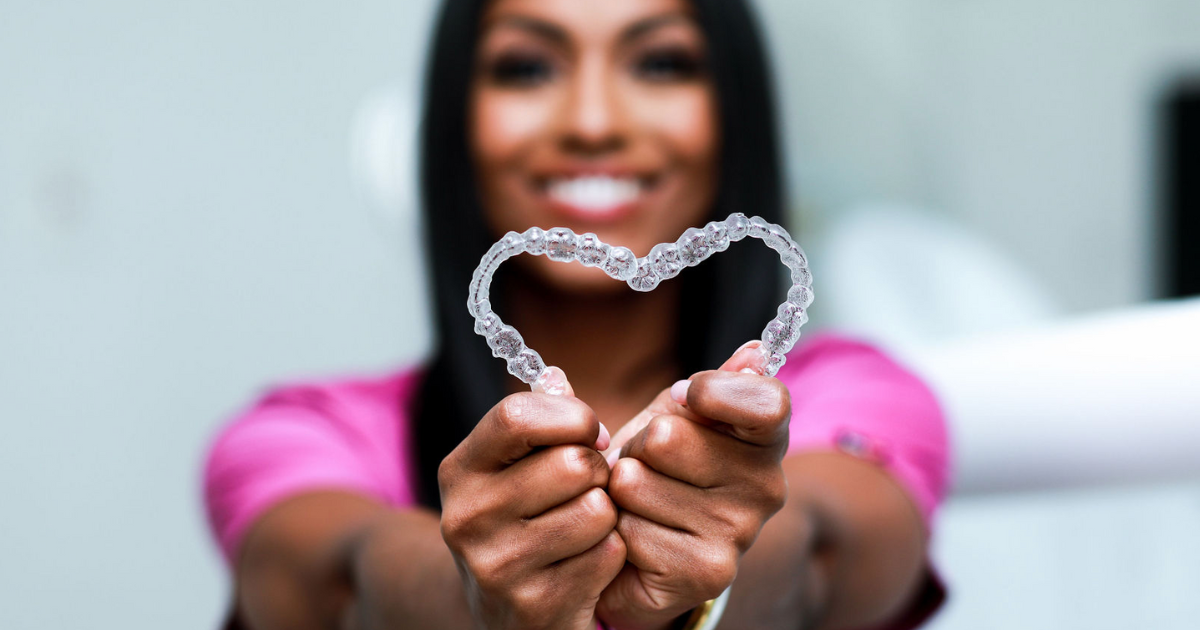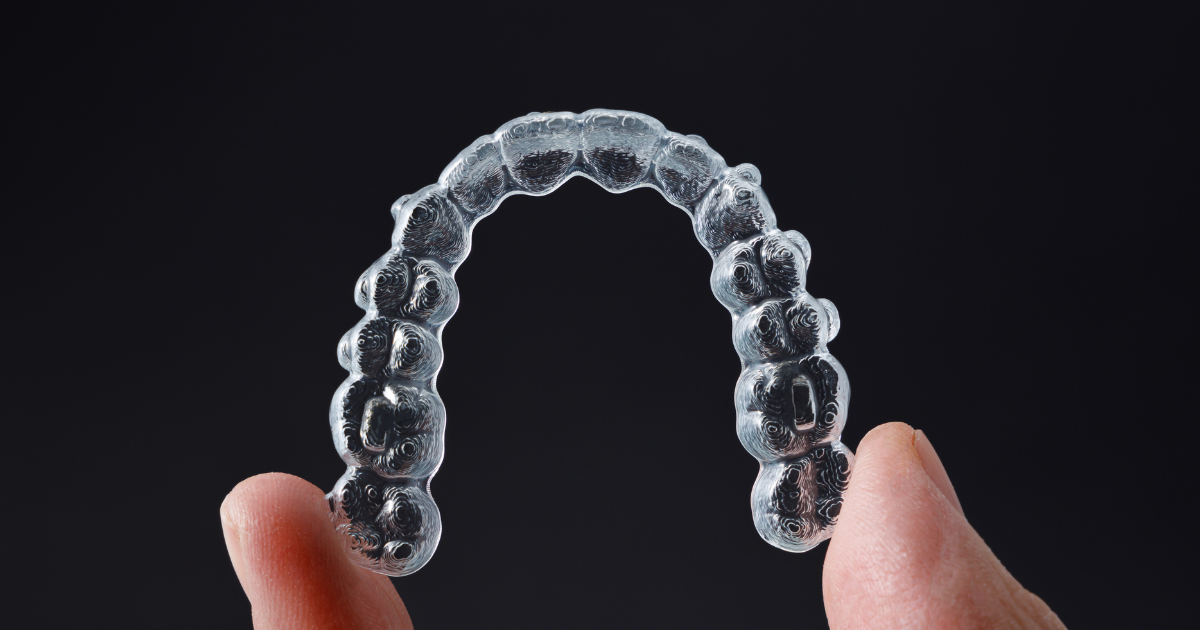As you embark on your Invisalign journey to achieve a perfect smile, it’s essential to be well-equipped to make the experience as smooth and effective as possible. I want to share five essential items I recommend to all my patients. These tools will help maintain oral hygiene and ensure your aligners stay in top condition throughout your treatment.
1. Mini Coco Floss
Maintain Pristine Oral Hygiene with Compact Floss
Flossing is a must during your Invisalign treatment. I recommend mini cocoa floss because it’s convenient and effective. These tiny, portable floss packs can be kept anywhere—from your purse to your car—allowing you to easily remove food particles after meals, no matter where you are. Each compact package contains about a two-week supply, making it a practical choice for staying on top of dental cleanliness throughout your treatment.
2. Extra Aligner Case
Never Be Without a Safe Place for Your Aligners
I advise keeping an extra aligner case handy to avoid potential mishaps. Having an extra case in your office, car, or bag ensures that you have no excuse to resort to unsafe storage methods like wrapping your aligners in tissue, which I strongly advise against. This precaution helps keep your treatment on track by safeguarding your aligners whenever they are not in use.
3. Pull Tool with Chewie
Enhance Aligner Fit and Comfort
A pull tool equipped with a ‘chewie’ is another must-have. This tool not only helps remove your aligners safely without damaging them but also includes a chewie to improve the fit of the aligners. By biting down on the chewie, you help the aligners grip the attachments on your teeth better, ensuring effective movement and comfort. I recommend using this tool for at least 10 seconds each time you reinsert your aligners.
4. Fizz Me Pearl Aligner Cleanser Tablets
Keep Your Aligners Crystal Clear
To maintain the cleanliness of your aligners, Fizz Me Pearl Aligner Cleanser Tablets are indispensable. These dissolvable tablets, used in a glass of water, provide a deep clean in just 15 minutes. They’re incredibly effective at keeping your aligners free from bacteria and buildup, which is crucial for both hygiene and optimal treatment efficacy. Regular use of these tablets will keep your aligners—and your smile—looking their best.
5. Invisalign Whitening Pen
Brighten Your Smile Effortlessly
To keep your teeth looking bright throughout your Invisalign journey, I love the Invisalign whitening pen. It contains a 5% hydrogen peroxide gel that you can easily apply directly to your teeth. For best results, I recommend using this pen for about half an hour each day. It’s a convenient way to enhance your smile while your teeth are being aligned.
Bonus: Invisalign Mints
Freshen Your Breath Without Harming Your Aligners
As a bonus, I also recommend Invisalign Mints. These sugar-free mints are perfect for freshening your breath after meals and can be used while your aligners are in. They won’t damage your teeth or aligners, making them an ideal choice for maintaining fresh breath throughout your treatment.
These are the essentials that I recommend to enhance your Invisalign experience and ensure you achieve the best possible results. By incorporating these products into your daily routine, you can address nearly every aspect of your Invisalign care—from maintaining stellar oral hygiene to ensuring your aligners fit perfectly and your smile stays bright. Each item has been chosen for its effectiveness and convenience, designed to make your orthodontic journey as comfortable and hassle-free as possible.
Remember, successful Invisalign treatment isn’t just about wearing your aligners; it’s about caring for them and your oral health with the utmost diligence. With these top tools and products by your side, you’re well on your way to achieving the beautiful, straight smile you’ve always wanted. If you have any questions about these products or want more tips on managing your Invisalign treatment, don’t hesitate to reach out or consult your orthodontic professional. I look forward to hearing all of your stories about your individual Invisalign Journey.
Happy smiling!
We also have our upcoming Annual Invisalign Day happening this August 10th, Spots usually go quickly for this event, since it’s the only day of the year you’ll get VIP pricing and one one-on-one informative sessions on Invisalign, hit the link to register –> Invisalign Day.









